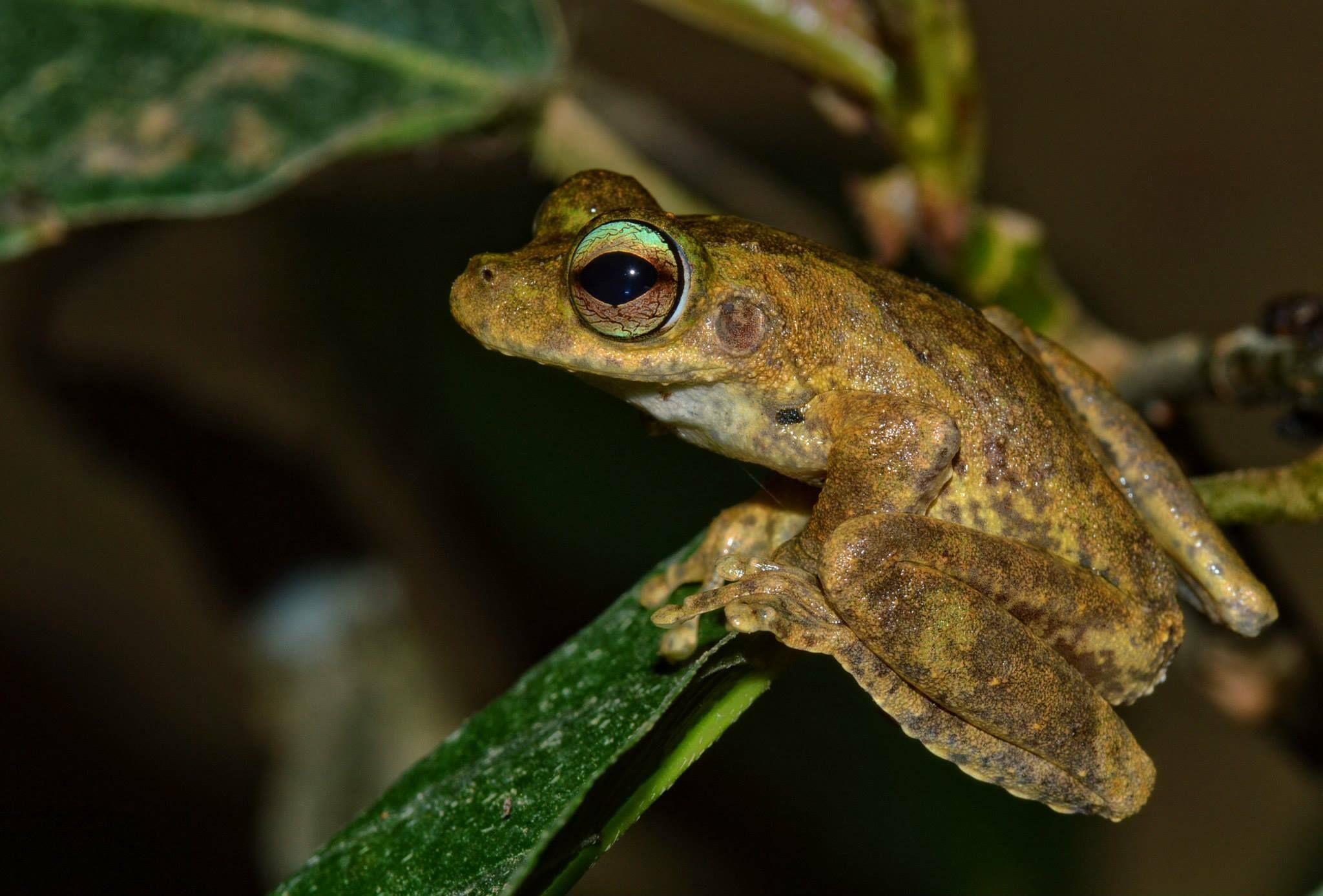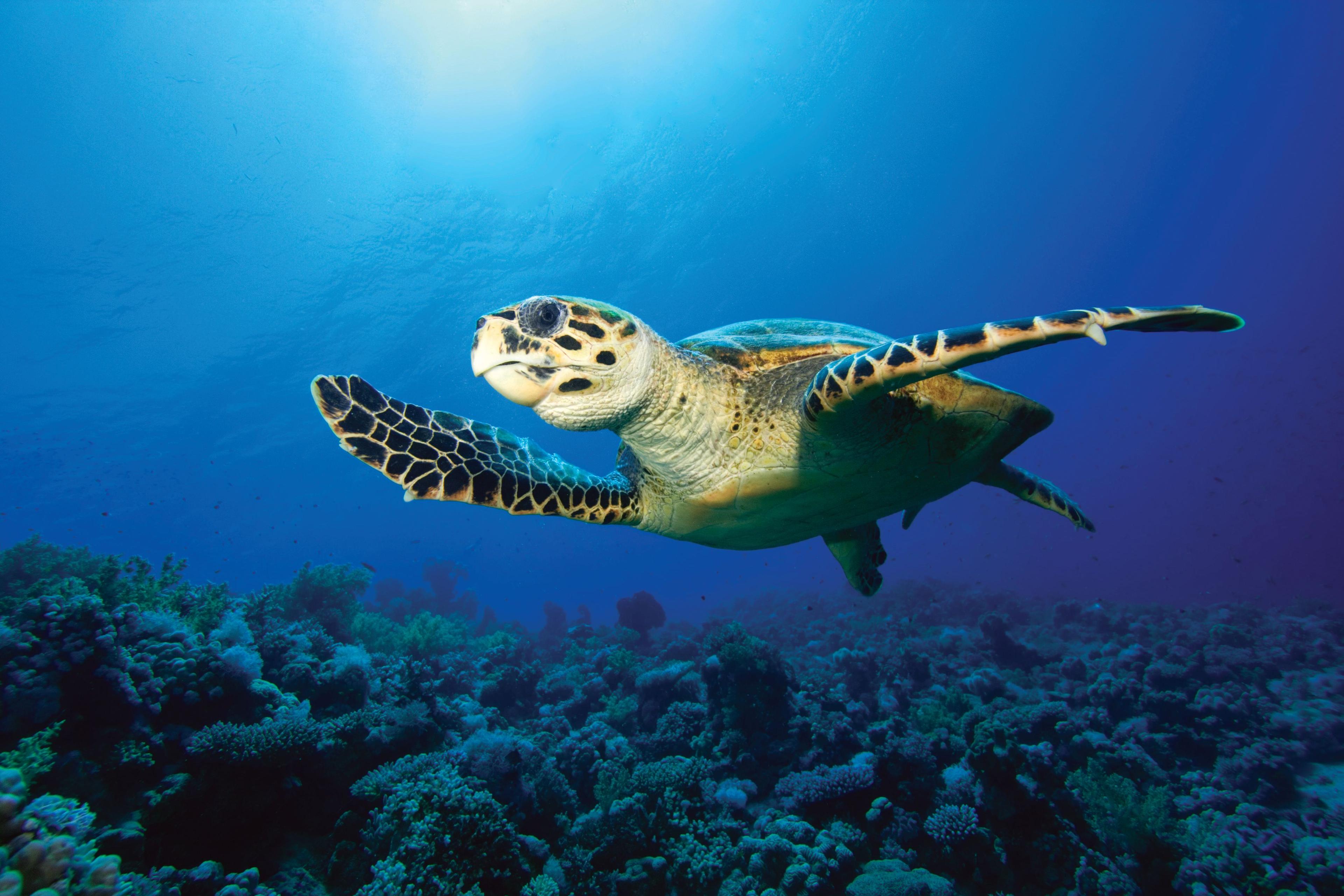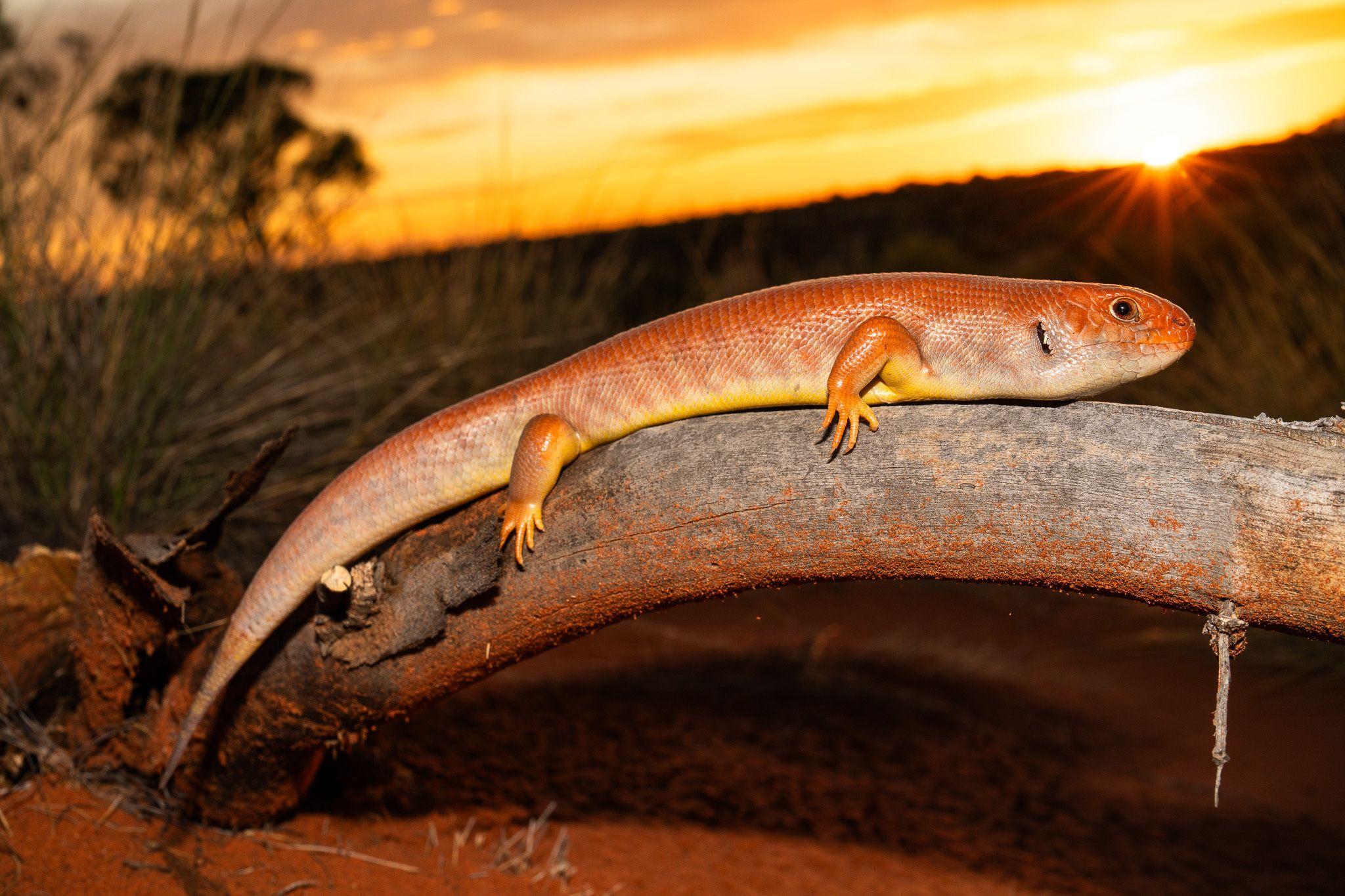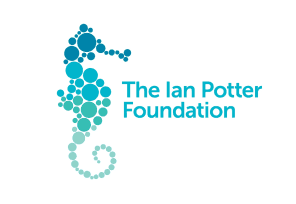Monitoring reveals catastrophic loss of Australia’s threatened frogs and reptiles over 40 years

The Kuranda tree frog (Litoria myola) is a Critically Endangered frog species on the IUCN Red List. Image: Alexandre Roux iNaturalist CC BY-NC
Media Release
26 November 2025
Populations of the 52 well-monitored threatened frog and reptile species in Australia have suffered enormous declines over the last 40 years, equivalent to losing at least 95 out of every 100 animals.
The results have been revealed by Australia’s Threatened Species Index (TSX), an important national platform that combines more than 25,000 monitoring datasets from across the country to track trends in the abundance of Australia’s threatened and near-threatened species.
Threatened Species Index lead scientist Dr Geoff Heard from the Terrestrial Environmental Research Network said that this is the first year that the index has included reptiles, with 24 species of reptiles, including marine turtles, sea and land snakes, and lizards, now included, along with 28 frog species.
“The results reveal that, on average, since 1985, the abundance of threatened and near-threatened reptiles has declined by 94% and frogs have declined by 97%.
“These huge losses are even larger than the declines experienced by mammals (-38%), birds (-56%) and plants (-73%) over the same period.”
“With the exception of marine turtles, only a small proportion of threatened reptiles have data in the Threatened Species Index.
“We strongly encourage anyone with long-term, consistently collected monitoring data on threatened and near-threatened species to contribute it to the index to help us continue to improve our understanding of how Australia’s threatened species are faring.”
You can learn more about what data is suitable and how to submit it at the TSX website.

The population size trends for the different species groups in the Threatened Species Index, showing all groups have suffered large declines, with frogs and reptiles experiencing the most. The black line is the average.
Biodiversity Council Lead Councillor Professor Nicki Mitchell, a frog and reptile expert from The University of Western Australia, said, “We have some of the most iconic and diverse frog and reptile species in the world, and most of them, with the exception of marine turtles, are found nowhere else.
“Many populations are dwindling due to habitat loss and alteration, more intense and frequent bushfires, climate change, and in some instances, poaching.
“In addition, a disease introduced in the 1980s caused extinctions and near-extinctions of many frog species from the east coast of Australia.
“To avoid more extinctions, we need a major increase in investment in conservation to address these threats and to assess how populations respond to improved management.
“We know that active investment in conservation works and can halt population declines in most cases. For example, the index shows that the abundance of threatened plants receiving no known management fell by 81% since 1990, while abundance for managed populations increased by 2%.

The hawkesbill sea turtle (Eretmochelys imbricata) is a Critically Endangered reptile on the IUCN Red List. Image: richcarey / iStock
“It is important for Australian governments to take an active role in the conservation of frogs and reptiles, as they have fewer alternative sources of funding than do birds and mammals, where philanthropy often steps in.
“Addressing threats as early as possible will make the biggest difference to threatened species and produce the biggest returns on conservation investments. I hope this will be a wake-up call that prompts new action.
“Accelerating climate action is also really important. Climate change is taking a toll on many species in multiple ways, including by reducing rainfall, making habitat too dry - especially problematic for frogs.
“It can also increase the virulence of diseases, and the intensity and frequency of fires, with some frog habitats such as peatlands now combusting, which wouldn’t have happened in the past when conditions were wetter.”
“It is great to see this first version of the TSX for our frogs and reptiles, but it is sobering how little population data we have for most species.
“Thanks to their vocalisations, frogs are conspicuous like our birds, so we should have a good handle on their trends - enabled in part by excellent citizen science platforms, such as FrogID.
“Reptiles are much harder to monitor as a rule, but Indigenous-led monitoring, such as that underway for the great desert skink or Tjakura, shows great promise.”

The great desert skink, also known as Tjakura, is a species of cultural significance for Indigenous people and is listed as Vulnerable on the IUCN Red List. Image: brother-nature / iNaturalist CC BY-NC













